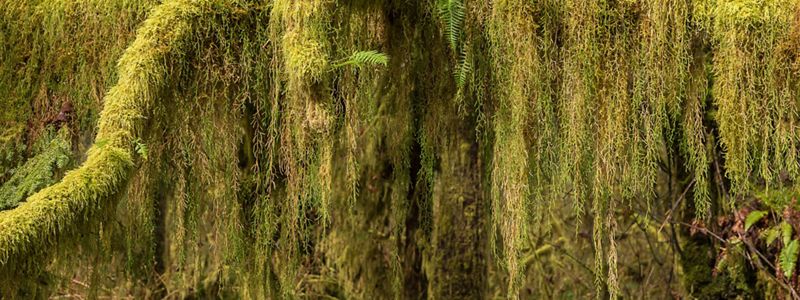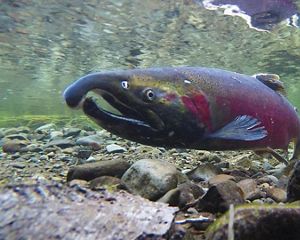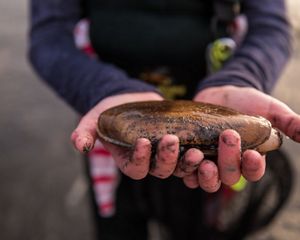Orcas, or killer whales (Orcinus orca), swim in every ocean on Earth. But Puget Sound’s Southern Resident killer whales have an unusually beloved place in human hearts and culture. Even schoolchildren know about Washington’s three resident pods, called J, K and L pods.
Technically, these iconic animals belong to the dolphin family, but because of their size—more than 30 feet for males—they are also considered whales. Historically, Southern Resident killer whales once numbered about 140, but in the 1960s nearly 50 were captured and put on display at marine parks. You can see population data going back to 1973 on Washington state’s Puget Sound Vital Signs page.
Unlike their transient cousins, which hunt marine mammals, Southern Resident orcas are seafood lovers and dine almost solely on chinook salmon. The whales depend on echolocation to find their prey, hunting in packs not unlike wolves. With males weighing as much as 22,000 pounds, it takes a lot of salmon to sustain a whale.
In 2005 Southern Resident killer whales were added to the federal list of Endangered Species, with declining chinook salmon one of the major threats. Other threats include oil spills and noise from boat traffic, which has been shown to disrupt the whales’ ability to use echolocation. With a lifespan as long as 100 years for females, orcas also accumulate contaminants in their bodies including “legacy” contaminants such as PCBs, which have long since been banned.
TNC works on several fronts that contribute to orca recovery, such as working with fleets to reduce the risk of oil spills. More directly, our work on shorelines, estuaries and salmon spawning streams are helping restore chinook populations: a critical part of orca recovery. One example is Ellsworth Creek, which flows into Willapa Bay. In 2015 several orcas from the L pod spent two months foraging off Willapa Bay, feeding on chinook from the Bay. They were black-and-white evidence that what’s good for salmon is good for orcas.
We Can’t Save Nature Without You
Sign up to receive monthly conservation news and updates from Washington. Get a preview of Washington's Nature News email.



